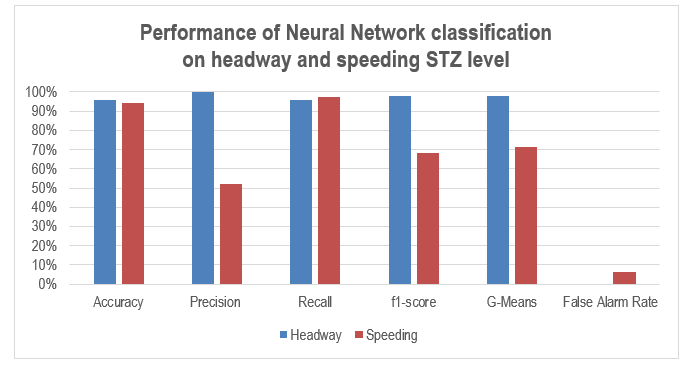
The i-DREAMS project aims to setup a framework for the definition, development and validation of a context-aware ‘Safety Tolerance Zone (STZ)’ in order to keep drivers within the boundaries of safe operation. The objective of this study is to compare and contrast two machine learning methods (i.e., Long-Short-Term-Memory Networks and a shallow Neural Network) to identify the safety level of participants driving naturally within the i-DREAMS on-road field trials. To achieve this objective a number of trips from a sample of 30 German drivers were collected and fed to the aforementioned machine learning methods in order to identify factors leading to risky behavior throughout the experiment stages. The results confirm the positive effect of i-DREAMS real-time and post-trip interventions in improving driving behavior significantly, whereas Neural Networks seem to outperform the rest of the algorithms considered.
| ID | pc508 |
| Presentation | |
| Full Text | |
| Tags |













